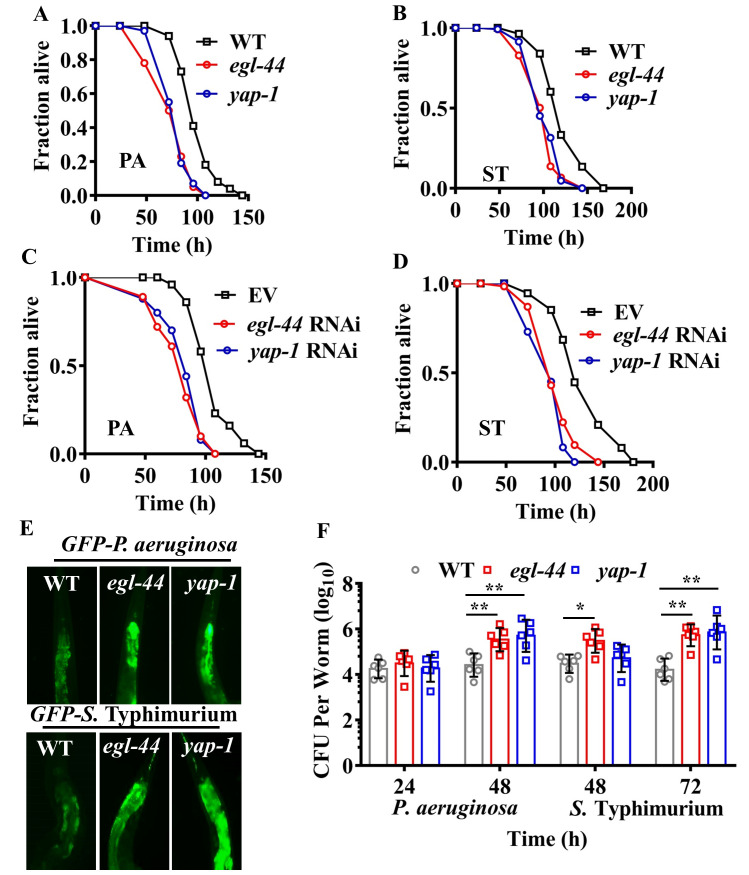Fig 4. EGL-44/TEAD and YAP-1/YAP are required for host defense against pathogen infections.
(A and B) egl-44 and yap-1 mutants were more susceptible to killing by P. aeruginosa (PA) (A) or S. Typhimurium (ST) (B) than wild type worms (WT). P < 0.01 relative to WT (Log-rank test). (C and D) Knockdown of yap-1 and egl-44 led to enhanced susceptibility to P. aeruginosa (C) or S. Typhimurium (D) infection. P < 0.01 relative to empty vector (EV) (Log-rank test). (E and F) Mutations in egl-44 and yap-1 promoted accumulation of pathogens. Fluorescence of worms exposed to P. aeruginosa for 48 h or S. Typhimurium expressing GFP for 72 h is shown (E). The images are representative of three independent experiments. Colony-forming units (CFU) of P. aeruginosa and S. Typhimurium were measured in worms (F). These results are mean ± SD of six independent experiments (n ≥ 50 worms per experiment). *P < 0.05, **P < 0.01 relative to WT (Two-sample t-test).

